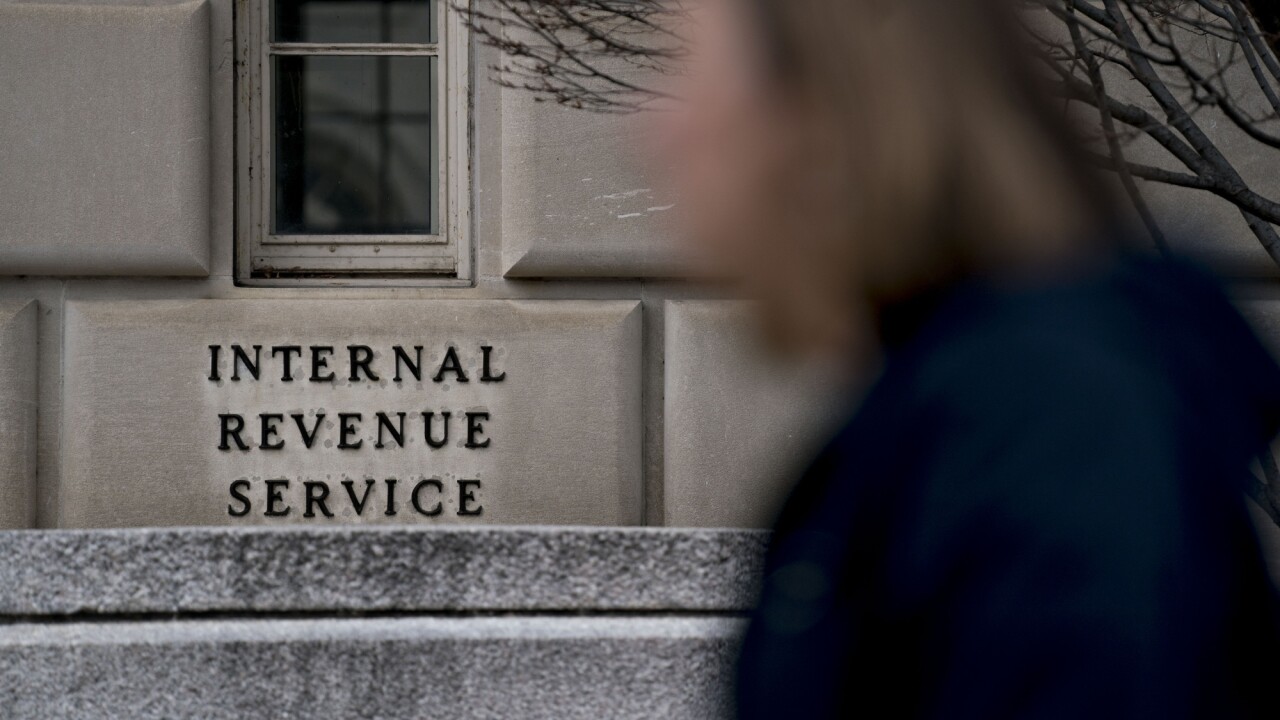The chairman of the House tax-writing committee said if Republicans retain the House and the Senate they’ll advance a 10 percent tax cut aimed at middle-income earners.
“We will continue to work with the White House and Treasury over the coming weeks to develop an additional 10 percent tax cut focused specifically on middle-class families and workers,” Ways and Means Committee Chairman Kevin Brady said Tuesday in a statement.
Brady’s comments are a message to voters with two weeks to go before the pivotal midterms. The non-partisan Cook Political Report said Tuesday that the most likely scenario in the Nov. 6 election is that Democrats gain between 25 and 35 seats, more than the 23 seats they need to take over the House.

It’s the first time the chief House tax writer has publicly weighed in since President Donald Trump floated the idea of a middle-class tax plan on Saturday after a rally in Elko, Nevada. Republicans lawmakers were caught off guard by the president’s remarks and had been directing requests for details to the White House.
The last-ditch campaign effort serves as a tacit acknowledgement that last year’s $1.5 trillion tax overhaul isn’t proving as popular as Republicans had hoped — and isn’t the boon for middle-class families that was promised.
“Republicans are scrambling because voters saw through their tax scam and understand that it was written for big corporations and the one percent, not for them,” Representative Richard Neal of Massachusetts, the top Democrat on the Ways and Means Committee, said in a statement.
A White House spokeswoman has said Trump wants his middle-class proposal to be added to a separate package of tax bills the House approved in September dubbed Tax Reform 2.0 that would make all changes for individuals in last year’s tax law permanent. The Senate hasn’t shown any interest so far in taking up the House tax bill.
Given the potential for the House to flip to Democratic control after the elections — and what’s expected to be a slim Republican majority in the Senate — the likelihood of advancing tax legislation is likely to become even more remote.
Orrin Hatch, chairman of the tax-writing Senate Finance Committee, also commented Tuesday on the middle-class tax talk by saying he “welcomes efforts to build on tax reform’s success by continuing to deliver benefits to middle-class Americans” and will work with members of his panel and the administration to determine how to achieve that shared goal.
Brady, a Texas Republican, praised the president for pushing for more tax cuts: “We agree. After all, it’s your money — not Washington’s.”
Trump told reporters in the Oval Office Tuesday that the tax cut package will be “net neutral” and won’t involve further cuts to corporate tax rates.
A 10 percent reduction in income taxes for those earning, say, between $40,000 and $200,000 would cost the federal government about $716 billion over a decade, according to analysis of Joint Committee on Taxation and Congressional Budget Office data. That would be in addition to $630 billion the Tax Reform 2.0 legislation the House passed is estimated to cost over a decade — bringing the total cost to $1.35 trillion.





